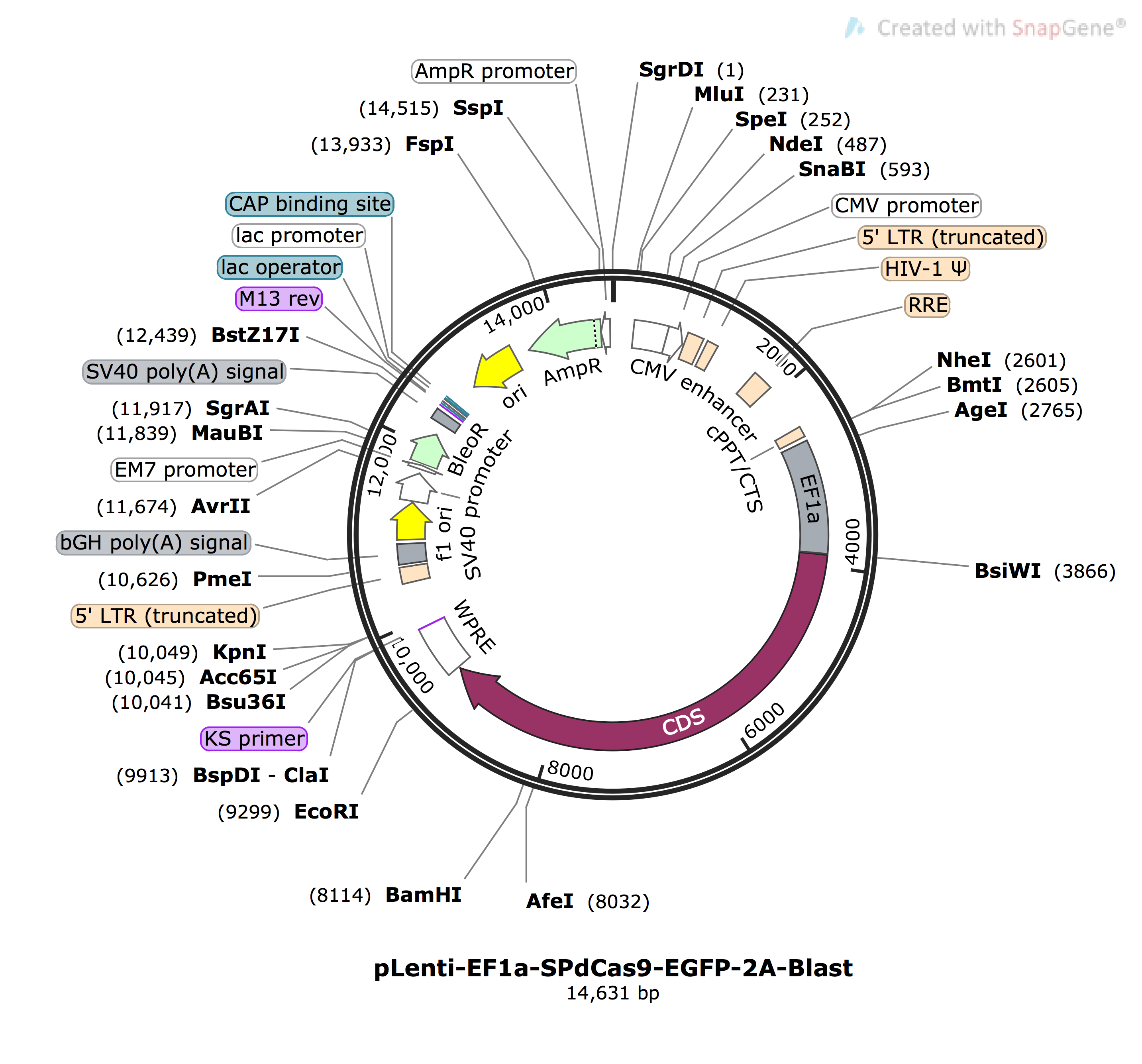

High efficiency DNA-mediated transformation of primate cells. Deletions in the SV40 late polyadenylation region downstream of the AATAAA mediate similar effects on expression in various mammalian cell lines. Gimmi ER, Soprano KJ, Rosenberg M, Reff ME.Poly(A) site choice rather than splice site choice governs the regulated production of IgM heavy-chain RNAs. Galli G, Guise J, Tucker PW, Nevins JR.The sequence 5'-AAUAAA-3'forms parts of the recognition site for polyadenylation of late SV40 mRNAs. Changes in RNA titers and polyadenylation during oogenesis and oocyte maturation in Xenopus laevis. Accurate transcription initiation by RNA polymerase II in a soluble extract from isolated mammalian nuclei. Structural homology with tyrosine hydroxylase, glucocorticoid regulation, and use of alternate polyadenylation sites. Isolation and sequence of a cDNA clone which contains the complete coding region of rat phenylalanine hydroxylase. A sequence downstream of A-A-U-A-A-A is required for formation of simian virus 40 late mRNA 3' termini in frog oocytes. Construction and characterization of CV-1P cell lines which constitutively express the simian virus 40 agnoprotein: alteration of plaquing phenotype of viral agnogene mutants. Selective amplification in methotrexate-resistant mouse cells of an artificial dihydrofolate reductase transcription unit making use of cryptic splicing and polyadenylation sites. The Role of the poly(A) sequence in mammalian messenger RNA. Stimulation of simian virus 40 late gene expression by simian virus 40 tumor antigen. Brady J, Bolen JB, Radonovich M, Salzman N, Khoury G.Transcription termination and 3' processing: the end is in site! Cell. Purification of biologically active globin messenger RNA by chromatography on oligothymidylic acid-cellulose. Calcitonin/calcitonin gene-related peptide transcription unit: tissue-specific expression involves selective use of alternative polyadenylation sites. Links to PubMed are also available for Selected References. Get a printable copy (PDF file) of the complete article (2.4M), or click on a page image below to browse page by page.
Sv40 poly a snapgene full#
Full textįull text is available as a scanned copy of the original print version. This reduction of mRNA levels was shown not to be caused by altered stability of mutant precursor RNAs or mRNAs, suggesting that these upstream sequences constitute an element of the late polyadenylation signal and may cause, at least to some extent, the greater efficiency of utilization of the late polyadenylation site.


Additionally, we found that the utilization of the late polyadenylation site was dramatically reduced by deletion of sequences between 48 and 29 nucleotides 5' of the AAUAAA hexanucleotide. Overall, the difference in steady-state mRNA levels derived from the two plasmids appeared to be attributable to intrinsic properties of the two polyadenylation signals, resulting in distinctly different cleavage and polyadenylation efficiencies. The basis for this difference was not related to the specific promoter used or to RNA stability.

In transfections of Cos, CV-1P, or HeLa cells and subsequent Northern blot analysis of CAT-specific RNA, approximately five times more steady-state CAT mRNA was produced in transfections with pL-LPA than with pL-EPA. Two chloramphenicol acetyltransferase (CAT) transient expression vectors, pL-EPA and pL-LPA, that differ only in their polyadenylation signals were constructed by using the early and late polyadenylation signals, respectively. The late polyadenylation signal of simian virus 40 functions with greater efficiency than the early polyadenylation signal, in turn affecting steady-state mRNA levels.


 0 kommentar(er)
0 kommentar(er)
